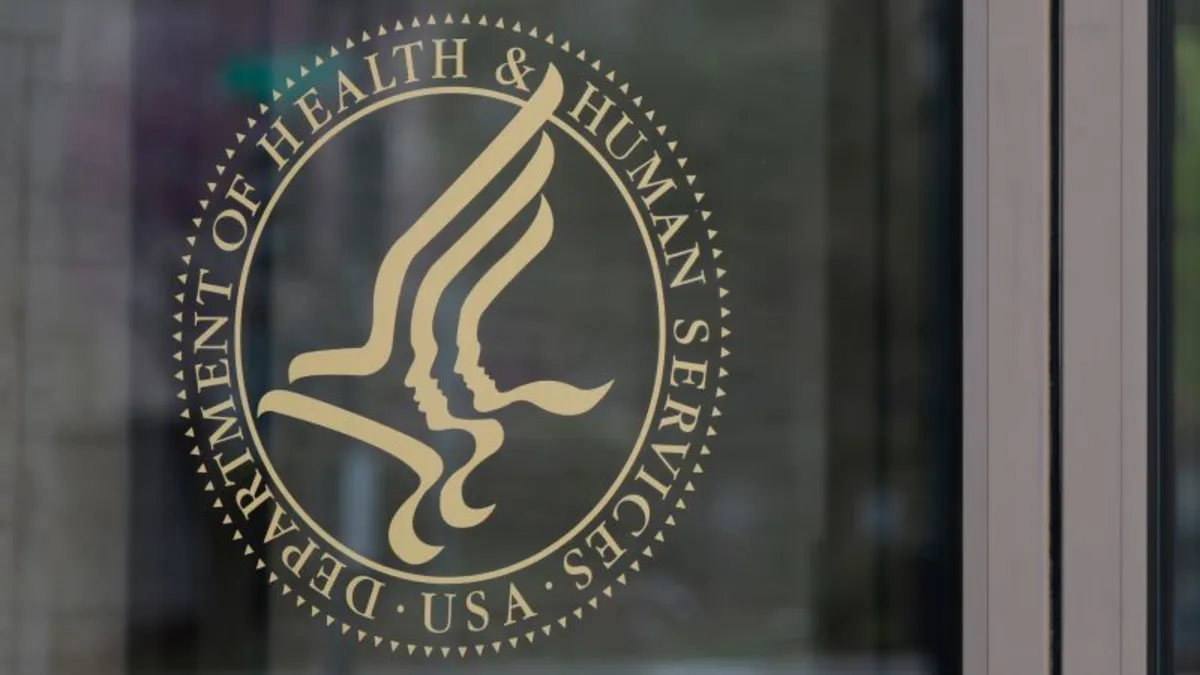
The Trump administration is reportedly developing a comprehensive strategy aimed at reducing the federal health budget by approximately one-third. This plan, detailed in an internal document reviewed by CNN, outlines significant cuts to health programs and agencies, potentially reshaping the landscape of federal health services.
According to the preliminary memo sent from White House budget officials to the Department of Health and Human Services (HHS), the administration is poised to implement drastic reductions in discretionary federal health spending. This move is part of President Donald Trump and HHS Secretary Robert F. Kennedy Jr.'s overarching initiative, titled “Make America Healthy Again.” Dated April 10, the document remains subject to finalization, indicating that adjustments may still occur.
If the plan is enacted in its current form, it could result in a reduction of federal health spending by tens of billions of dollars annually. Additionally, numerous health programs and departments would be consolidated under a new entity known as the Administration for a Healthy America (AHA). This new agency was introduced by Kennedy amidst significant layoffs earlier this month.
One of the most significant aspects of the proposed budget cuts is the substantial reduction in funding for the Centers for Disease Control and Prevention (CDC). Under the administration’s proposal, the CDC's budget would be slashed by over 40%. This reduction would lead to the elimination of the CDC’s global health center and various programs dedicated to chronic disease prevention and domestic HIV/AIDS prevention.
While some of the CDC's initiatives may be transferred to the new AHA centers, programs addressing critical issues such as gun violence, injury prevention, youth violence prevention, and minority health would be entirely cut. Many staff members working in these areas were affected by the mass layoffs announced on April 1.
The proposal also includes the elimination of several rural health programs at HHS, which encompass grants and residency programs specifically for rural hospitals and state offices. While some rural health initiatives, like black lung clinics, will continue to exist, they will be relocated under the primary care department within the AHA.
The proposed budget cuts could serve as a guideline for Republican efforts to reduce federal spending. The president is expected to submit his budget request to Congress, where discussions are ongoing about potential reductions to the federal budget totaling up to $1.5 trillion. The Washington Post was the first to report on this significant budget proposal.
Another critical component of the preliminary plan involves cutting the National Institutes of Health (NIH) budget by over 40%. The NIH's 27 research institutes and centers would be streamlined down to just eight. Notably, the National Cancer Institute, the National Institute of Allergy and Infectious Diseases, and the National Institute on Aging are expected to be preserved. However, institutes focused on childhood illnesses, mental health, chronic diseases, disabilities, and substance abuse would be reorganized into five new entities.
The budget proposal also anticipates the implementation of previous efforts to cap indirect payments to universities at 15%, a move that has faced judicial challenges. These payments have historically been a vital source of funding for medical research. While the NIH has generally enjoyed bipartisan support for funding increases, there are increasing calls from GOP lawmakers for significant reform.
House Republican leaders proposed a consolidation of the NIH institutes into 15 entities last year, although they also indicated a slight budget increase in that plan. Additionally, the proposal includes a salary cap for employees hired under Title 42, a provision that allows the NIH greater flexibility in recruiting experts for senior positions.
This article has been updated with further reporting and developments on the proposed changes to the federal health budget.